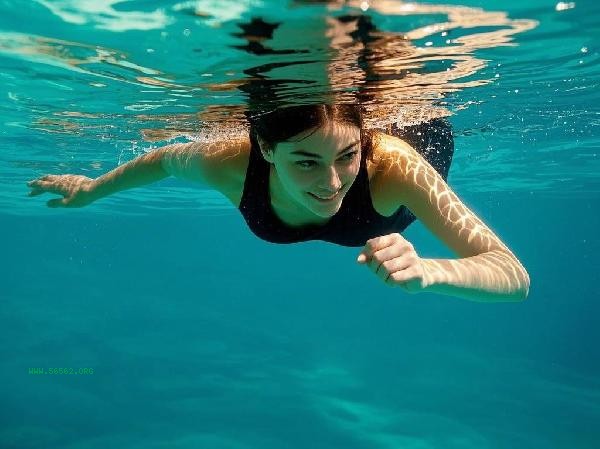The water circulation methods in swimming pools mainly include downstream, upstream, mixed, vacuum, and ductless types.

1. Downstream
Downstream water circulation injects new water through the inlet of the pool wall and uses gravity to make the water flow towards the outlet. This method has a simple structure and low cost, making it suitable for use in small swimming pools. Aligning the direction of water flow with the direction of swimming can reduce resistance, but there may be incomplete local purification. It is necessary to regularly check the inlet filter screen to prevent blockage.
2. Counter current type
Counter current type is supplied with water from the uniformly distributed inlet at the bottom of the pool, and the surface overflow groove collects the return water. The direction of water flow is opposite to that of swimming, creating a three-dimensional circulation effect. This design has high purification efficiency and is suitable for standard competition swimming pools. High flow water pumps are required, and the construction cost is relatively high.
3. Hybrid
The hybrid combines the characteristics of forward and backward flow, and enters the water through both the pool wall and the pool bottom. It can achieve rapid purification and uniform water temperature distribution simultaneously, suitable for large water parks. The system requires multiple sets of control valves to be configured, which has a high maintenance complexity but can adapt to different usage scenarios.

4. Vacuum type
The vacuum type uses the principle of negative pressure to suction pool water and completes circulation through specially designed vacuum pipes. Significant water-saving effect and low noise, suitable for high-end club swimming pools. Professional equipment support is required, with extremely high requirements for pipeline sealing and significant initial investment.
5. Pipeless
Pipeless uses a special water treatment device to directly purify pool water, eliminating the need for traditional piping systems. Flexible installation and easy maintenance, suitable for temporary swimming pools or renovation projects. The purification efficiency is limited by the power of the device and requires frequent replacement of consumables such as filter cartridges. The selection of a swimming pool water circulation system requires comprehensive consideration of factors such as frequency of use, site conditions, and budget. The downstream type is suitable for small family swimming pools, and it is recommended to use the upstream or mixed type for public swimming pools. Regardless of the method used, residual chlorine concentration and pH value should be regularly monitored, and complete water circulation should be maintained at least 4 times a day. It is recommended to have professional personnel inspect the water pump and filtration system every quarter to promptly clean up sediment. During the opening period of the swimming pool, real-time monitoring of water quality is required, and the circulation frequency should be adjusted according to the flow of people to ensure that the water meets hygiene standards.







Comments (0)
Leave a Comment
No comments yet
Be the first to share your thoughts!